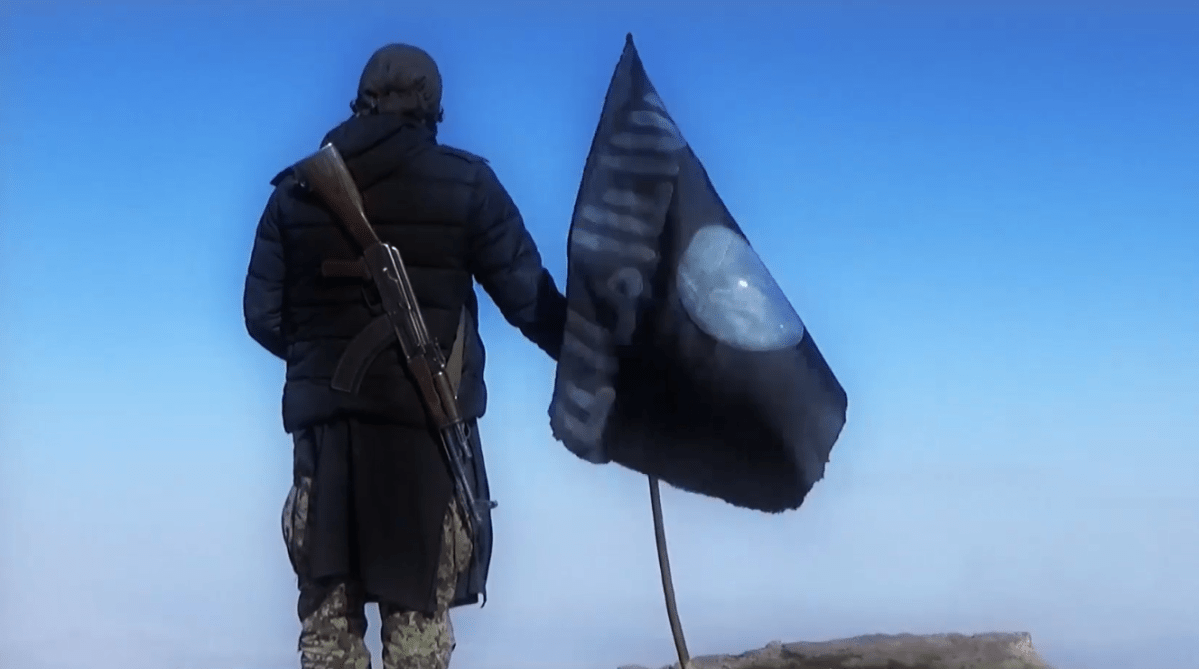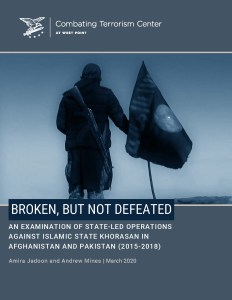
Since its official formation in January 2015, the Islamic State’s affiliate in Afghanistan and Pakistan has risen to prominence as one of its most dangerous affiliates, making it one of the world’s top four deadliest militant organizations in 2018. Islamic State Khorasan’s (ISK) ascendency, however, has not come without heavy costs. Since 2015, a variety of state-led operations against ISK have inflicted substantial manpower and leadership losses upon the group across Afghanistan and Pakistan. This report is the first to conduct a systematic review of operations against ISK between 2015 and 2018 to answer the following questions: what is the nature and level of manpower losses incurred by ISK in various campaigns against the group? How have these operations altered the level of the ISK threat, and what do they reveal about ISK’s militant base? Finally, how have these operations affected ISK’s operational capacity?
This report draws on open-source materials to assess the above questions, and provides detailed information on the various state-led operations against ISK in Afghanistan and Pakistan and the group’s associated costs in terms of losses of both leadership and other ISK-linked individuals. As this report demonstrates, intense targeting of ISK in both countries has resulted in substantial losses for the group; between 2015 and 2018, ISK’s losses amounted to the killing, capture, or surrender of well over 10,000 ISK-linked individuals and over 500 militants in leadership roles, predominantly in Afghanistan. A parallel examination of the group’s losses and its operational activity indicates that while state-led operations have curtailed ISK’s overall number of attacks and its geographical expansion, the group has retained its ability to conduct highly lethal attacks, as evidenced by recently claimed attacks in Kabul in late February and early March 2020. The report’s findings also imply that one of ISK’s key strengths, which has allowed it to survive the onslaught of state-led operations, is its access to a steady supply of experienced militants on both sides of the border that allows it to replace its top leaders and replenish its human capital.
 Skip to content
Skip to content

